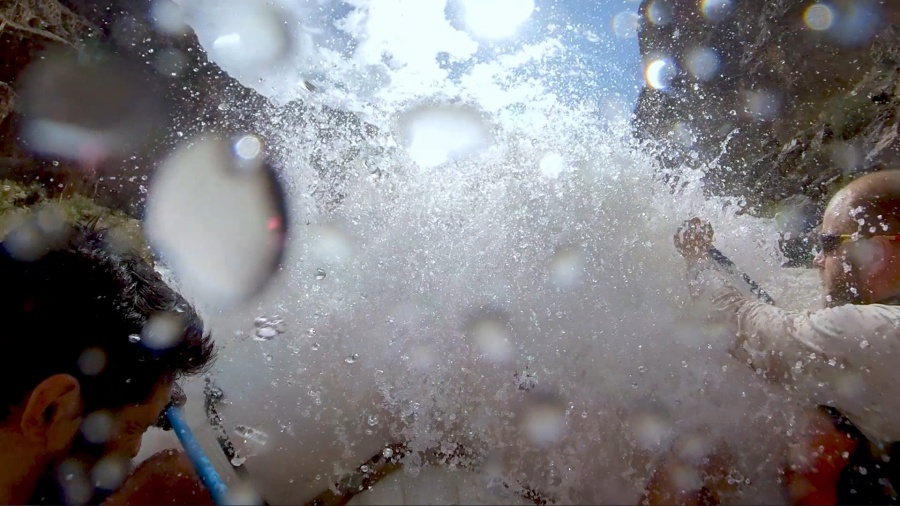This is a post some twenty years in the making. So many of us, I think, have seen a photo of Machu Picchu and thought, “Wow! I wanna go there.” I know I did, and for a couple of decades I let that sit on my bucket list. Well this December I finally went there - and after so many years of building great expectations, the journey exceeded them. Let me tell you about it.
Day 1: Into the Wild
Planning this trip, I felt that surely Machu Picchu shall be the highlight, but that it would be even grander to hike to it, to set the mood and tone and anticipation. So that’s what Stephanie and I did - a four day trek on the ancient Inca Trail, reaching Machu Picchu on the morning of the fourth day.
We set off from Cusco around 5am, caught up on sleep on the bus, and after a quick breakfast set off upstream, following the Urubamba River from around Tanca.





